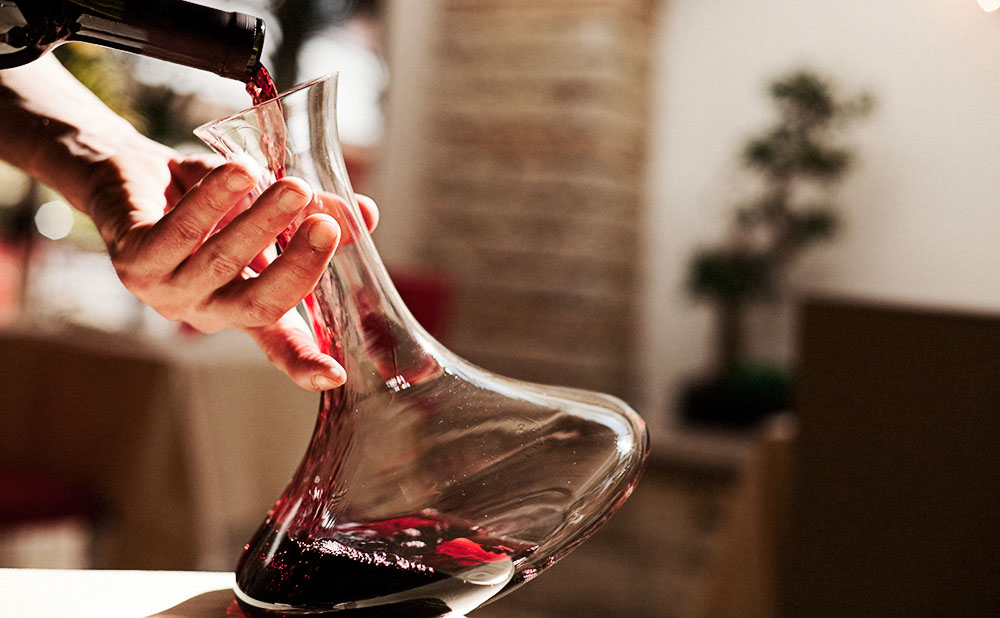Should I double-decant my wine?

Unless you’ve got a gaggle of freshly minted super-premium red wines burning a hole in your cellar that you want to serve with the flare of a Parisian sommelier, it’s something you’ll probably never have to do.
Plain old decanting is performed for a couple of reasons:
- It allows you to add some age to a younger wine by exposing every drop of its volume to air which will start massaging out its aggressive tendencies; and,
- It lets you weed out any sediment that might have built up in a wine that’s been around for a while, or saw little to no filtration during conception.
Some argue that decanting robs a wine of a portion of its personality, insistent that no wine should be drunk before its time and any chunky monkeys at that bottom of a bottle can easily be left behind through proper pouring.
Winemakers in Italy’s Piedmont region agree. Last time I was there, my dinner partners at a swanky local resto looked at me like I was trying to open a screw cap with a corkscrew when I asked if they were going to decant the musclebound Barolos we were about to wrap our palates around.
“Do you see any decanters around here?” one particularly snooty member of my group asked me.
Now that we agree on what decanting is, why do it twice? Well, it’s really all about the presentation. No matter how fancy a decanter you might have, it will never garner the same level of oohs and ahhs from your drink mates like a wine poured from its original receptacle. (Not to mention that transferring liquid from a decanter takes a steady hand, and possibly a full roll of paper towel, to perform cleanly.)
With your juice aerating in the decanter, grab a funnel and pour some water into the empty bottle. Give the bottle a good shake and a swirl to make sure any guck inside has been cleaned up, then dump out the water. Now pour a splash of wine into the bottle and roll that around to “season” its insides. Trash that, and refill the bottle from the decanter.
Your wine has now been double-decanted. Any sediment is gone, the wine has been exposed to the elements two times and your friends can now drink in the beauty (and by that I mean pedigree) of the label as you serve.
